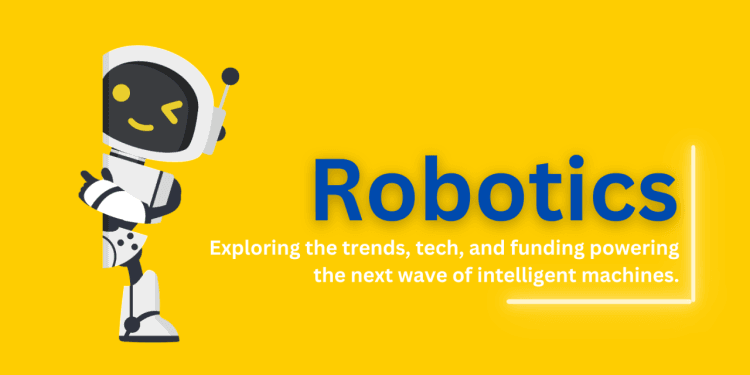What are Polyfunctional Robots?
Polyfunctional robots are advanced machines designed to perform multiple tasks across various environments—blurring the line between single-use, task-specific robots and versatile, general-purpose machines.
Key Features:
- Adaptability: These robots can switch between different roles or tasks, often reconfiguring themselves physically or reprogramming software on the fly.
- Task Agnosticism: They aren’t limited to one job—they can handle everything from assembly line work to packaging, cleaning, or even delivery.
- Human-Like Flexibility: With improved dexterity, sensor integration, and machine learning, they can adapt to unstructured environments much like a human would.
How It Works:
- AI & Machine Learning: The robot uses real-time data and learning algorithms to adapt to new situations.
- Modular Hardware: Components like arms, grippers, or sensors can be swapped or adjusted to suit different tasks.
- Environmental Awareness: Cameras, lidar, and other sensors help the robot understand its surroundings and navigate complex spaces.
Examples & Applications:
- Manufacturing: Robots that can switch from welding to assembly or quality inspection, depending on real-time needs.
- Healthcare: Machines that help with patient care, transport medical supplies, or disinfect surfaces.
- Agriculture: Harvesting crops, planting seeds, and tending to different farm tasks without needing specialized machines for each job.
- Warehousing and Logistics: Robots that handle picking, packing, and transporting goods in dynamic warehouse environments.
- Construction: Robots that can lay bricks, carry tools, or scan building sites to update progress.
Benefits:
- Efficiency: One robot can replace several single-use machines, saving money and space.
- Flexibility: Businesses can quickly adapt to new needs or shifting production priorities.
- Scalability: Easier to scale operations without investing in multiple robot types.
Challenges:
- Complexity: Designing robots that can handle many different tasks is technically challenging and expensive.
- Training & Programming: Creating software that allows seamless transitions between tasks and environments.
- Safety: Ensuring polyfunctional robots operate safely around humans in unpredictable environments.
Future Outlook:
Polyfunctional robots are key to the future of Industry 4.0—an era where smart factories and adaptive workplaces need machines that can evolve alongside demand. As robotics technology matures, expect these machines to be more common in homes, hospitals, farms, and beyond.
This is an exciting field that blends robotics, AI, and flexible design to create the ultimate “utility players” in a world where change is constant! Would you like to see specific case studies or examples of polyfunctional robots in action? Let me know! 🚀🤝✨
































































